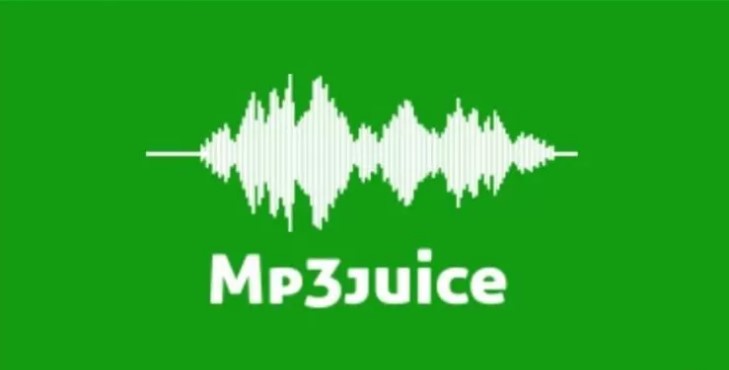Spotify Streams Explained: All You Need To Know About Streams On Spotify!
Spotify is one of the most popular music streaming platforms, with millions of songs and podcasts available at the click of a button. One of the key metrics used to measure an artist’s success on Spotify is the number of streams their music receives. In this article, we’ll explore everything you need to know about streams on Spotify, from what they are to how they’re calculated and what they mean for artists.
What are streams on Spotify?
A stream on Spotify refers to a single instance of a user listening to a song, album, or podcast episode. When a user presses play, the platform records a stream for that particular piece of content. The more streams a piece of content receives, the more popular it is considered to be on the platform.
How are streams on Spotify calculated?
Spotify calculates streams using a formula based on the number of times a track is listened to and the length of the track. If a user listens to a song for at least 30 seconds, it counts as a single stream. If the track is less than 30 seconds long, the entire track must be listened to for it to count as a stream. The more streams a piece of content receives, the higher its placement in Spotify’s algorithmic playlists, which can lead to increased visibility and more streams.
What is the difference between a stream and a play?
While the terms “stream” and “play” are often used interchangeably, there is a subtle difference between the two on Spotify. A stream refers to a single instance of a user listening to a song, album, or podcast episode, whereas a play refers to the number of times a piece of content has been started, regardless of whether it was listened to in its entirety. For example, if a user starts a song but only listens to the first 10 seconds before skipping it, it counts as a play but not a stream.
Why are streams important on Spotify?
Streams are important on Spotify because they are one of the key metrics used to measure an artist’s success on the platform. The more streams an artist’s music receives, the higher their profile and the more likely they are to be discovered by new listeners. Additionally, streams are directly tied to revenue on the platform, with artists earning royalties based on the number of streams their music receives.
How do streams impact an artist’s revenue on Spotify?
Spotify pays out royalties to artists based on a number of factors, including the number of streams their music receives and the country in which the streams occur. While the exact amount an artist earns per stream varies depending on these factors, Spotify’s average payout rate is around $0.0038 per stream. This means that an artist would need to receive around 263 streams to earn $1 on the platform.
However, it’s important to note that revenue from streaming is just one of several revenue streams available to artists, and that the amount an artist earns from streaming can vary widely depending on their level of success and the terms of their distribution agreement with their label or distributor.
How can artists increase their Spotify streams?
There are several strategies that artists can use to increase their streams on Spotify, including:
- Collaborating with other artists: Collaborations can help to expose an artist’s music to a wider audience, as fans of the collaborating artist may discover the artist’s music through the collaboration.
- Utilizing playlists: Playlists are a key way that users discover new music on Spotify. Artists can submit their music to relevant playlists or create their own playlists to showcase their music.
- Promoting on social media: Social media platforms like Instagram and Twitter can be used to promote an artist’s music to their existing fanbase and attract new listeners.
- Engaging with fans: Engaging with fans through social media, live streams, and other channels can help an artist stay connected with their audience and build a loyal fanbase, which can lead to increased streams and support.
- Releasing new music regularly: Releasing new music on a regular basis can keep an artist’s existing fanbase engaged and attract new listeners.
- Utilizing ads: Spotify offers advertising options that can help to promote an artist’s music to a wider audience.
- Touring: While touring may not directly impact an artist’s streams on Spotify, it can help to build buzz and increase exposure, which can lead to more streams over time.
Conclusion
Streams are a crucial metric for measuring an artist’s success on Spotify. Understanding how streams are calculated and how they impact an artist’s revenue and visibility and increase monthly listeners on the platform is important for any artist looking to build a career in the music industry. By utilizing strategies like collaborating with other artists, promoting on social media, and engaging with fans, artists can increase their streams on Spotify and build a loyal fanbase.


